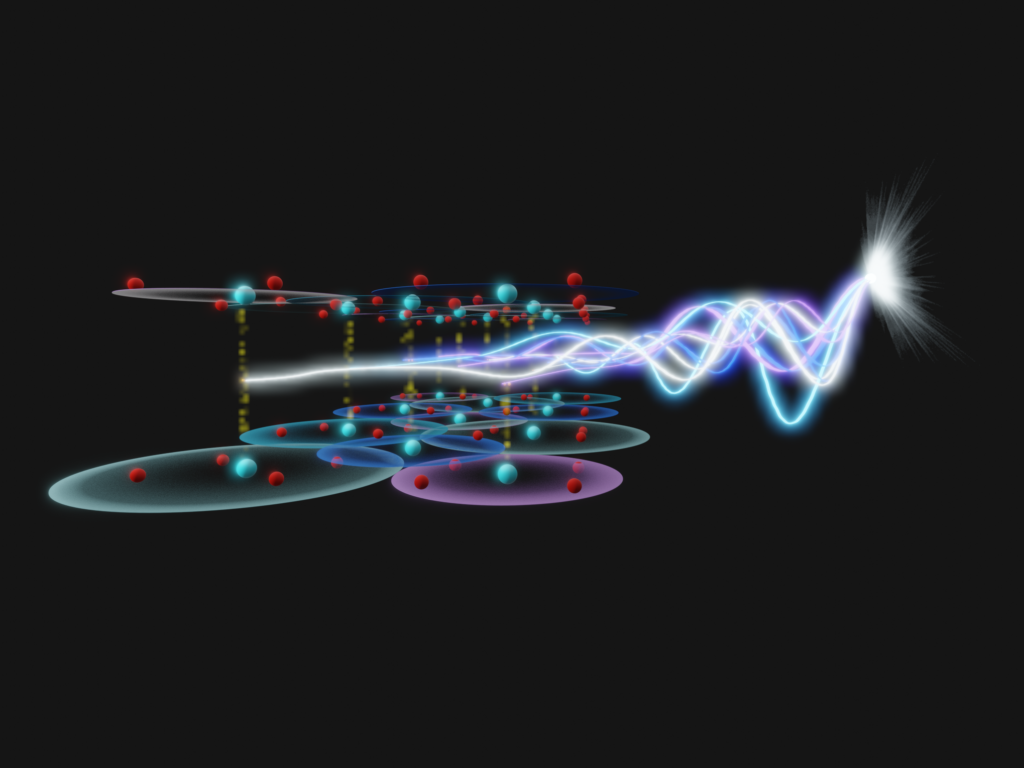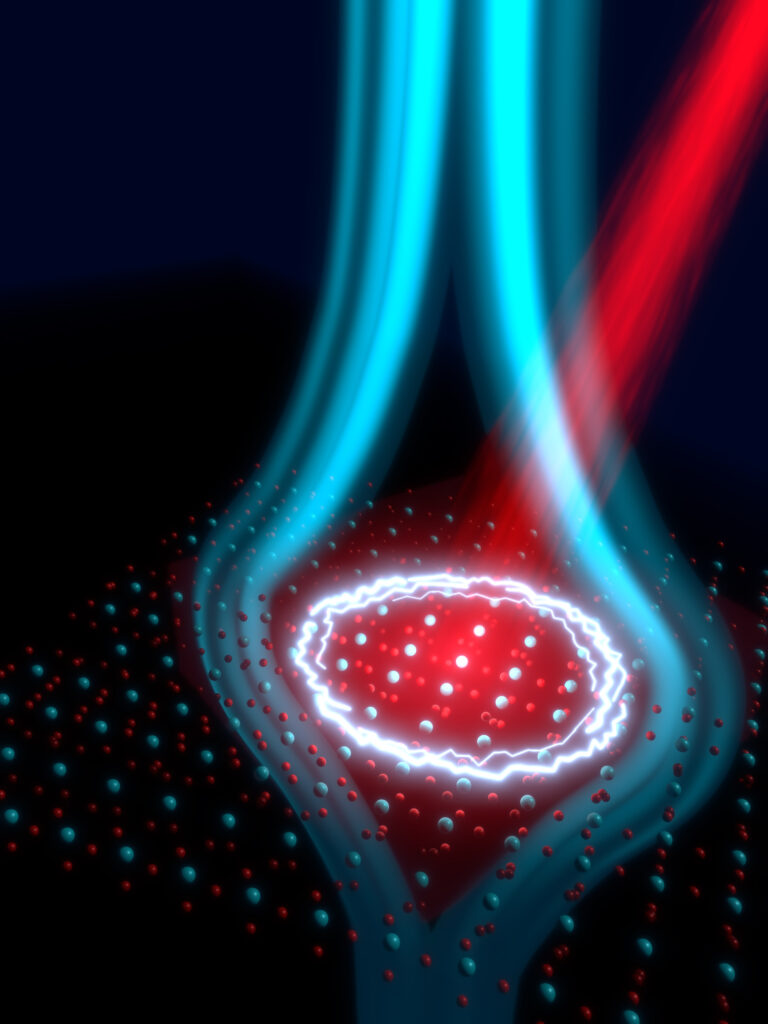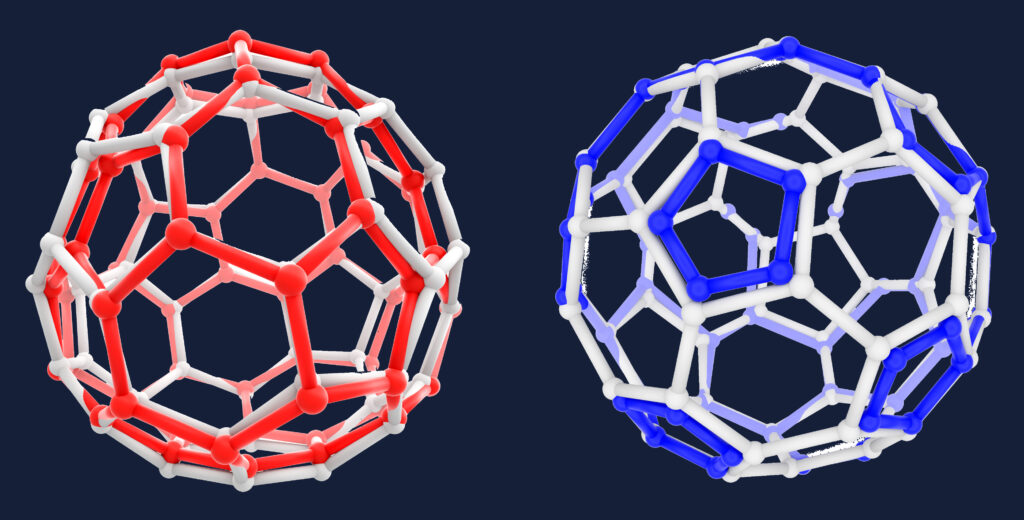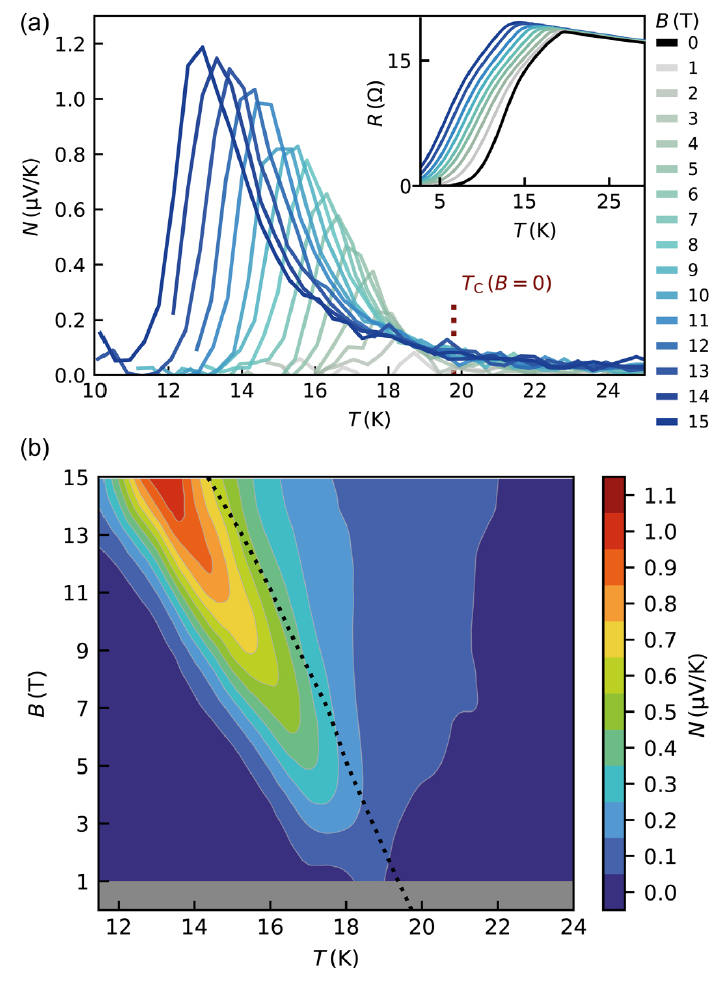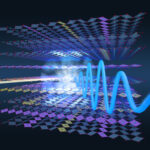New publication in Nature Physics:
Probing inhomogeneous cuprate superconductivity by terahertz Josephson echo spectroscopy
A. Liu, D. Pavićević, M. H. Michael, A. G. Salvador, P. E. Dolgirev, M. Fechner, A. S. Disa, P. M. Lozano, Q. Li, G. D. Gu, E. Demler, A. Cavalleri
Nature Physics (2024)
Abstract
Inhomogeneities crucially influence the properties of quantum materials, yet methods that can measure them remain limited and can access only a fraction of relevant observables. For example, local probes such as scanning tunnelling microscopy have documented that the electronic properties of cuprate superconductors are inhomogeneous over nanometre length scales. However, complementary techniques that can resolve higher-order correlations are needed to elucidate the nature of these inhomogeneities. Furthermore, local tunnelling probes are often effective only far below the critical temperature. Here we develop a two-dimensional terahertz spectroscopy method to measure Josephson plasmon echoes from an interlayer superconducting tunnelling resonance in a near-optimally doped cuprate. The technique allows us to study the multidimensional optical response of the interlayer Josephson coupling in the material and disentangle intrinsic lifetime broadening from extrinsic inhomogeneous broadening for interlayer superconducting tunnelling. We find that inhomogeneous broadening persists up to a substantial fraction of the critical temperature, above which this is overcome by the thermally increased lifetime broadening.

